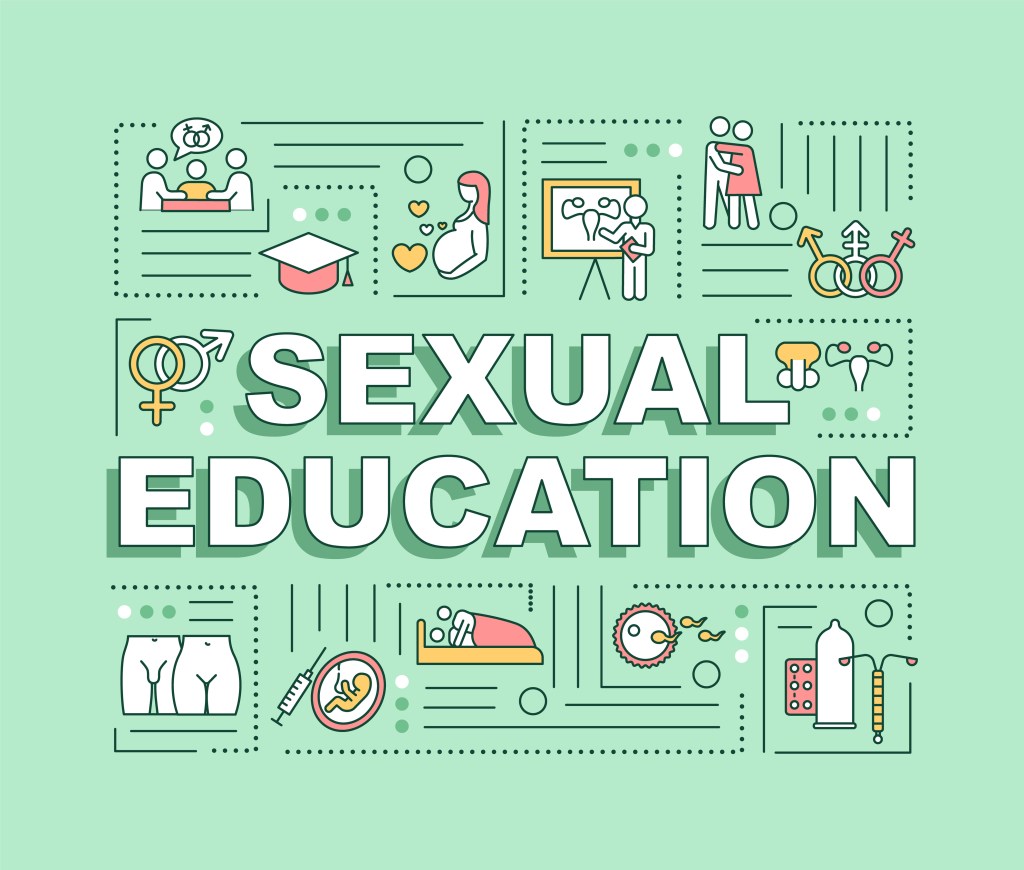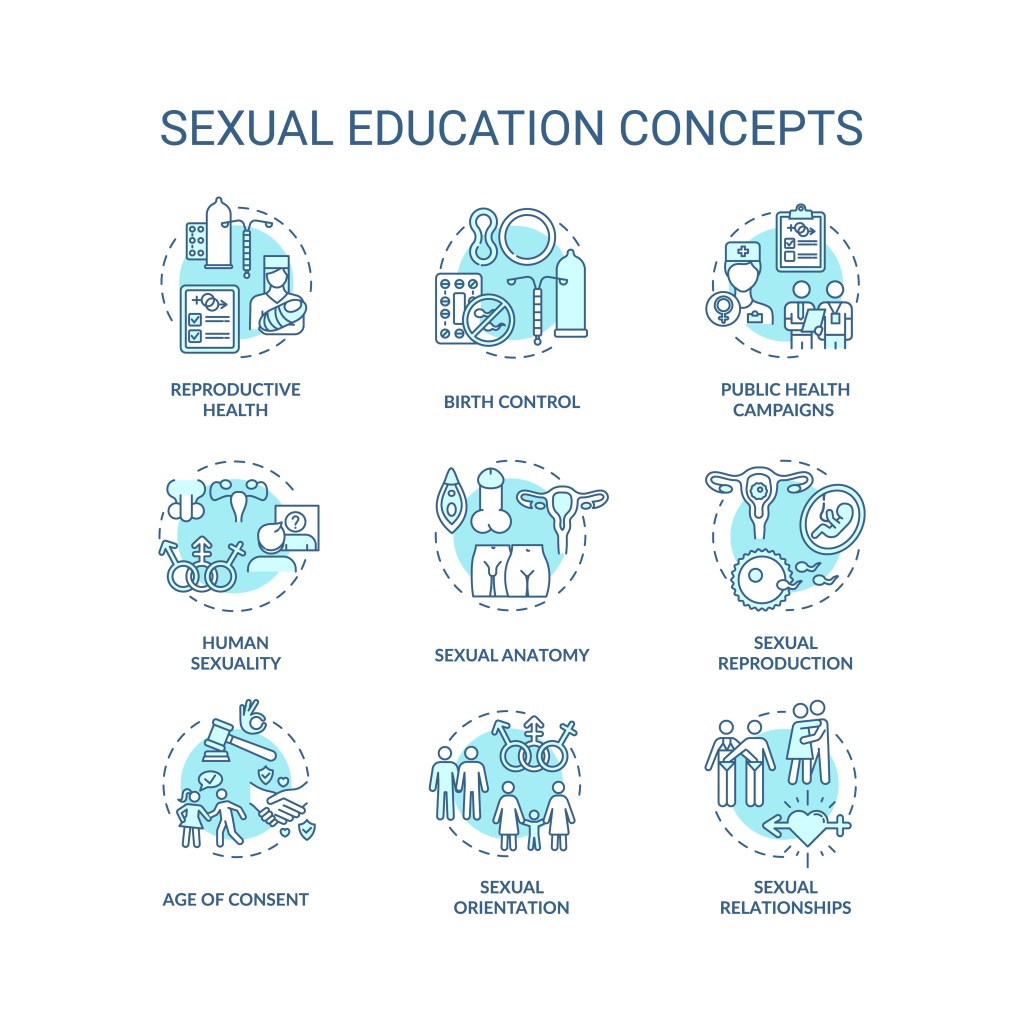How can philanthropy step up to improve the quality of sex ed?
The U.S. has long been considered a leader in higher education systems worldwide, but every year we send young people to college with a dearth of knowledge about something that is often considered a hallmark of the college experience: sex.
This isn’t just a blip that leads to awkward moments. It can cause real harm in the lives of young people. Miseducated and unaware adolescents cause harm to others, which in and of itself has individual and community costs.
One or 2 examples of the ripple effect of miseducation would appear to strengthen the case for a systematic reimaging of how we educate young people to not just live to the best of their potential, but also maintain safe and healthy communities.
Sex education varies widely by where someone went to school: not just geographically, but public versus private and city versus suburbs, too. We know that some states have different standards by county or district, or no standard at all, so education can differ widely based on grade, school or even individual teachers.
Often though, these programs offer an abstinence-only approach, leaving young people poorly equipped for sexual decision-making, and often instead treating them to scare tactics, shaming and enforcement of strict gender roles and harmful sexual stereotypes.
The most recent data from trusted movement resource Guttmacher reports that only 30 states and Washington, D.C., mandate that, when provided, sex and HIV education programs meet certain general requirements:
- 17 states require program content to be medically accurate.
- 26 states and D.C. require instruction to be appropriate for the students’ age.
- 9 states require the program to provide instruction that is appropriate for a student’s cultural background and that is not biased against any race, sex or ethnicity.
- 3 states prohibit the program from promoting religion.
At best, students in a comprehensive sex education program are taught the basic mechanics of sex, reproductive anatomy and a wide array of sexually transmitted infections along with other topics in their health education or similar class. However, comprehensive does not mean detached from stigma and humiliation.
Sometimes, the same companies make materials for “non-judgmental” sex education programs as the shame-filled abstinence-only sex ed programs, but even the former have been known to offer incorrect, incomplete or stigmatizing materials for students to learn from.
Would we accept this in any other category of education?

A lot of the fault is in the funding.
While many states have their own funding programs and there are federal dollars available as well, the nature of those programs is heavily dependent on who is in charge at the executive level.
During the late 1990s and through the George W. Bush years, for example, more than $1.5 billion in federal dollars went to abstinence-only sex education programs.
Some school districts simply don’t have sex education programming in their budgets, so they accept free or low-cost materials made available by hundreds of groups around the country that are opposed to comprehensive sex ed.
These curricula, often faith-based, are notorious for promoting shame and misinformation through “sexual risk avoidance” trainings. Some of these programs are run through a local crisis pregnancy center – or anti-abortion fake clinic – and include harmful lies about abortion, contraception and other reproductive health decisions.
Aside from simply not working, programs that stigmatize sexual activity have damaging, even traumatic, impact on young people who have been sexually active, or who have experienced abuse.
Commonly, these programs teach young people – and particularly young women – that if they’ve had sex, they are like chewed gum, dirty sneakers, used toothbrushes or tape that’s been stuck to other people’s skin, picking up loose hair and skin and grime along the way.
Telling young people that they’re unclean and unwanted for having experienced sex leaves emotional scars that could stay for life.
What is philanthropy doing to support sex ed?
While the sector cannot fill every gap that those elected to lead create, we know that philanthropic support for sex education exists. From 2015-2019, $195 million was allocated to sex education focused work, however only 22% of total funding was designated specifically for comprehensive sex education.
Philanthropy can not only shift what funding access to comprehensive sex education looks like from foundations, this is an opportunity for philanthropy to develop a blueprint for federal and state funding to follow. The sector has been a system that sets the mold for government funding practices in the past and should use its power to encourage change.

There has to be a better way.
Leaders of this work along with the funding support of the sector can create and sustain programs that promote truly comprehensive sexual health education, affirming that having sex is an individual decision that one should neither be shamed for choosing nor for holding off on.
Investing in this work must be rooted in nuanced, honest conversations about consent in how we teach young people about sex, and model that boundary-setting is healthy, normal and will make their sexual lives better, not restrain them.
We also need to support education on LGBTQ identities and relationships, so students can feel affirmed in their sexuality and prepared for what to expect, regardless of whether their sexual life takes heteronormative shape.
This is a vital part of the sector’s larger responsibility to center reproductive health care as basic health care, including the full range of access to all methods of contraception and abortion.
Philanthropy owes it to young people to respect their individuality and autonomy, to give them the tools to become experts of their own bodies and build better futures.
Shireen Rose Shakouri is deputy director of Reproaction, a national organization leading bold actions to increase access to abortion and advance reproductive justice.